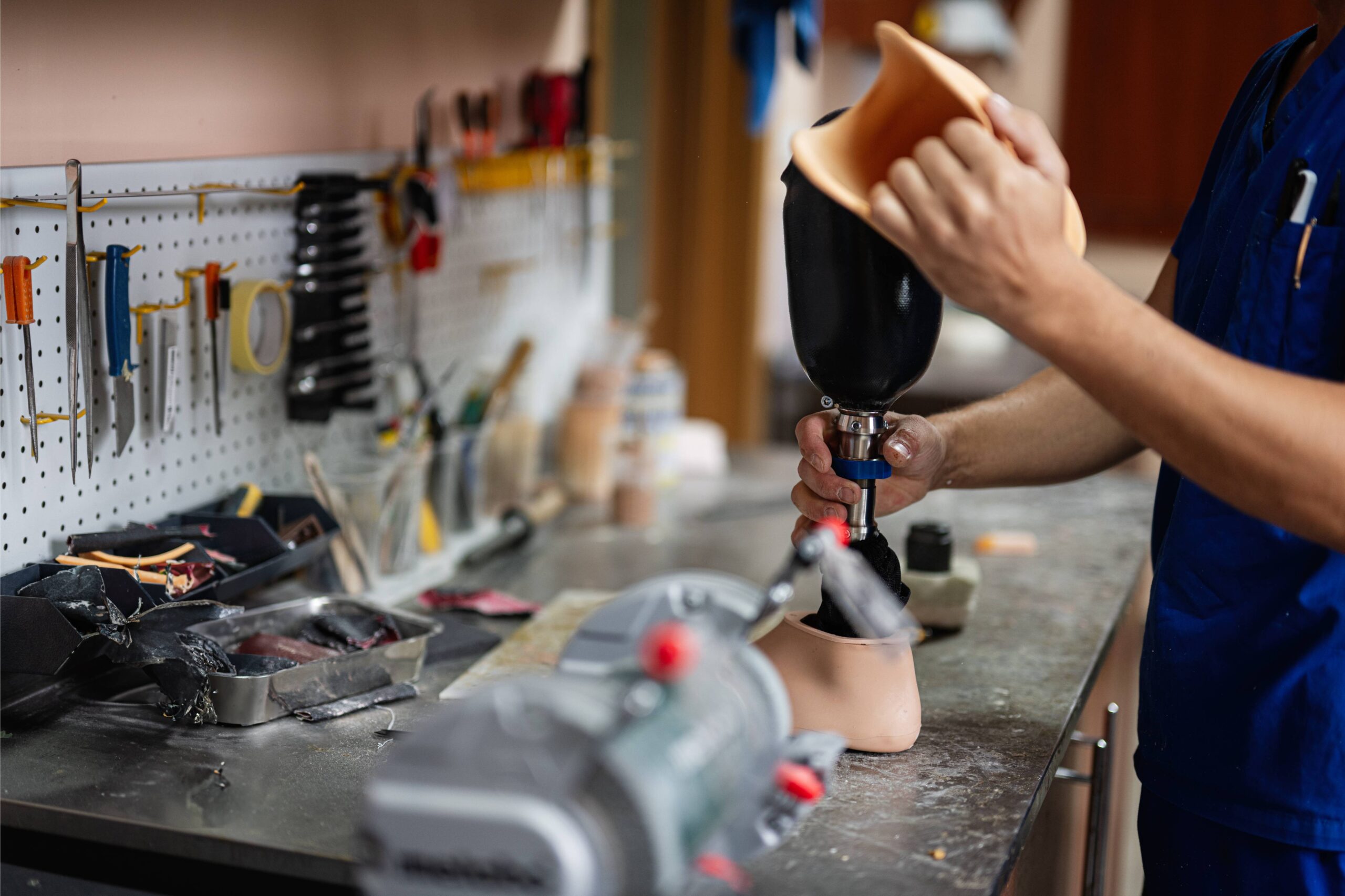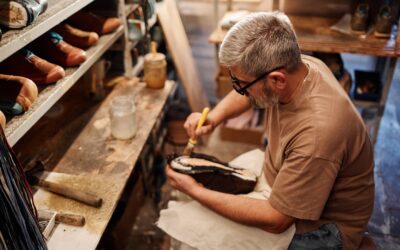In the intricate tapestry of education, where technology and digitization dominate, there arises an undeniable need to revisit the tactile, the tangible, and the timeless. Craft education embodies the essence of learning through making, encouraging hands-on engagement...
Craftsmanship & Modern Know-How – Where Tradition Meets Innovation
In today’s world, craftsmanship continues to hold an important role in our culture, even as technology, innovation, and modern knowledge reshape the way we work and create. Understanding the intersection of craftsmanship and modern knowledge/technology helps us see how art, design, and human skill can come together to build a more sustainable and creative future.
Understanding the Value of Modern Craftsmanship
For generations, craftsmen and artisans have created products with great care, knowledge, and skill. Traditional craftsmanship was once at the center of daily life — from furniture making and building materials to art and design. Today, that same tradition remains a key part of modern production, though it now coexists with cutting-edge technology, digital tools, and new methods of working.
The value of modern craftsmanship lies in its balance between tradition and innovation. It is the understanding that good crafts are not only about products, but about the process, the time invested, and the human experience behind every piece. The importance of this approach lies in preserving skills while also embracing new technology to make production more efficient, creative, and sustainable.
Exploring Examples of Craftsmanship in a Modern Context
Across industries, modern craftsmanship takes many forms. In furniture design, artisans use traditional techniques combined with modern tools to create unique products that last for years. In architecture, craftsmanship is seen in the way materials are chosen, shaped, and designed to build spaces that connect tradition and innovation.
In the art world, artists still find inspiration in traditional craftsmanship, applying modern methods and technological knowledge to give form to creative projects. From handcrafted ceramics and woodwork to 3D-printed products, each craft tells a story about people, places, and ideas.
Modern crafts often use sustainable materials, combining innovation and tradition to create pieces that respect both nature and design. Whether it’s working with wood, metal, fabric, or digital forms, the goal remains the same: to make something good, true, and meaningful.

Learning About the Characteristics of Modern Craftsmanship
To truly understand modern craftsmanship, it helps to look at the skills, techniques, and values that define it. The modern craftsman or craftswoman must master both traditional methods and innovative technologies, combining experience, knowledge, and creative ability.
- Key characteristics of modern craftsmanship include:
- Skill and Knowledge: A deep understanding of materials, tools, and processes.
- Innovation and Creativity: The ability to adapt traditional craft to new technological methods.
- Care and Quality: A commitment to making every product with attention to detail and long-term value.
- Sustainability: Using materials and techniques that respect the environment and promote responsible production.
Human Connection: Recognizing the importance of people, tradition, and culture in every piece created.

The Process: From Idea to Creation
Every craft begins with an idea — a creative spark that leads to making something real. The process often involves time, practice, and experimentation. From design to production, the craftsman uses skills developed over years, choosing the best materials and techniques to achieve the perfect form.
Working with tools, whether traditional or digital, requires patience and knowledge. Some projects take only a few hours, while others demand long time and deep focus. The result, however, is always unique — a product that reflects both tradition and innovation.
The artist or craftsman plays a central role in keeping these practices alive, ensuring that each piece maintains a sense of authenticity. In this way, modern craftsmanship connects people to their past, while also building a future of sustainable and ethical production.
The Relationship Between Art, Craft, and Technology
The relationship between art, craftsmanship, and technology defines the spirit of the modern era. While traditional craftsmanship emphasizes handmade work and personal care, modern technology introduces new tools and methods that help expand what’s possible.
This intersection between human skill and technological innovation gives rise to innovative products, better design, and more efficient production systems. The importance lies not in replacing tradition, but in building upon it — using knowledge to create something greater, more valuable, and lasting.
In business, this balance also plays an important role. Companies that combine craftsmanship with modern technology can offer high-quality products, maintain sustainable practices, and inspire trust in customers. Good design today is created through this collaboration between art, craft, and innovation.
Learning and Sharing Knowledge
Learning the craft is a journey that often takes years. Through education, training, and practice, new generations of artisans are keeping the tradition alive while exploring modern approaches.
Workshops, schools, and social media now allow people to share information, techniques, and projects with a global community. This open exchange of knowledge ensures that the crafts continue to grow, change, and adapt to the needs of today’s world.
Craftsmanship is also about understanding the importance of time. Each piece is built not for quick production, but for lasting value. Modern craftsmen think beyond products; they create with meaning, connecting tradition and modern innovation in one harmonious form.
Discover our subjects
From Material to Meaning – The Soul of Handmade Work
In a world where rapid production and fleeting trends dominate, the enduring art of handmade craftsmanship offers a refreshing reprieve. As we navigate this modern landscape, our connection to the past becomes both a guiding light and a grounding anchor. Artisans,...
Digital Heritage – Preserving Handcraft Through Technology
In the vibrant intersection of cultural richness and technological innovation, we find the burgeoning field of digital heritage. As we navigate through the era of rapid digital transformation, the need...
The Craft of Tomorrow – Tradition as a Springboard for Innovation
In a world where change is the only constant, a curious paradigm emerges: the juxtaposition of tradition and innovation. As we stand on the brink of an unprecedented digital era, businesses must navigate the delicate balance between the age-old practices that have...
Why Craftsmanship Still Matters Today
In an age of mass production, craftsmanship stands as a reminder of the human touch that gives products their soul. It reminds us that quality and care take time, and that the best things in life are often made with passion and purpose.
Modern craftsmanship celebrates both the tradition that brought us here and the innovation that will lead us forward. It’s about understanding that every craftsman, every artist, and every project contributes to a world where creativity, knowledge, and skill continue to shape our lives.




